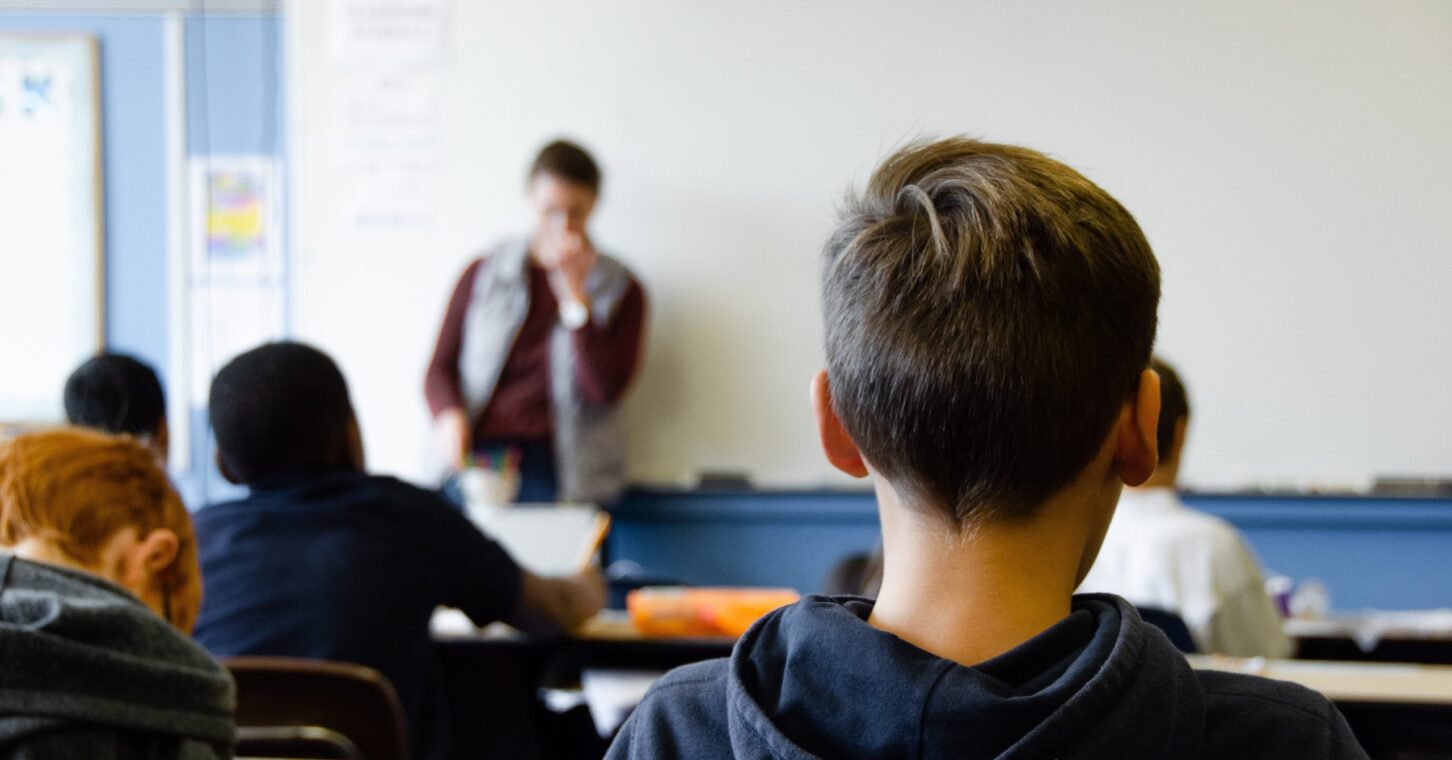
The scores are in, and they are ugly.
I’m talking about the Georgia Milestones exams given last spring, the state’s year-end standardized tests. Georgia students – or at least the ones who took the test; more on that shortly – performed markedly worse than they did the last time the tests were given.
For example, the percentage of third-graders reading on grade level is a key statistic. Research indicates third-graders with subpar reading skills are likely to remain behind when they reach high school, and are far more likely than their peers to drop out.
In 2019, 73% of third-graders read at grade level. This year, it was less than 62%. (The tests were not given in 2020, when schools were closed.)
What’s more, there is some skill erosion going on. The third-graders of 2019 were fifth-graders in 2021, and only 68% of them were reading on grade level in 2021.
This pattern appeared in other subjects. The percentage of third-graders deemed “proficient” or “distinguished” in math fell from 52% in 2019 to 38% in 2021. The drop-off was steeper among the same cohort: 2019’s third-graders dropped below 35% “proficient” or “distinguished” as fifth-graders in 2021.
Overall, the state Education Department reported scores fell “by an average of six points in grades 3-8, and a range of four to 15 points in high school.”
Obviously, a big difference between the spring of 2019 and the spring of 2021 was the pandemic. State officials tried their hardest to avoid giving the tests in 2021, and finally decided not to make them count for promotion, graduation or teacher evaluation.
Parents could be forgiven for thinking those officials were just trying to avoid such ugly numbers, considering how much leeway they gave districts regarding student attendance, instructional time and day requirements, and more.
But it may be that learning losses were worse than even these bad scores reveal.
That’s because participation in the 2021 Milestones tests was fairly abysmal. Those third-grade reading scores? They were generated by three-quarters as many students as in 2019. Among eighth-graders, it was only two-thirds as many. Overall, the state reported “the percent of enrolled students tested ranges from a high of 79% in third grade to a low of 55% in high school.”
The state did not provide a demographic breakdown of participants. But there is reason to believe the students who didn’t take the tests were the ones least likely to excel.
Historically, low income has been correlated with low test scores. Yes, some students from poor families beat the odds and perform well, just as some from high-income families will disappoint. But those tend to be exceptions.
The district with the lowest participation rate, a staggeringly small 15%, was Sumter County. State data show more than 95% of Sumter County students last year qualified for free or reduced lunch (FRL), which means their families earned no more than 185% of the federal poverty level. (For a family of three in 2020, that came out to $40,182.)
Next was Clayton County, with 30% participation and 93% FRL. Then came Atlanta Public Schools, with 46% participation.
Atlanta is an interesting example, because “only” 69% of its students qualify for FRL. But, digging just a bit into its individual schools, we can see that nine schools had a participation rate of less than 30%; seven of the nine have a FRL rate of at least 95%. On the other end of the spectrum, eight Atlanta schools had a participation rate of more than 70%, and only one of them had a FRL rate of more than 20%.
These examples from the extreme ends of the spectrum suggest participation was lower among those students least likely to test well – and that the actual learning losses in 2021 may be even worse than the test scores show.
Either way, the need for extraordinary measures to help students catch up as much as possible, sooner rather than later, has never been clearer.